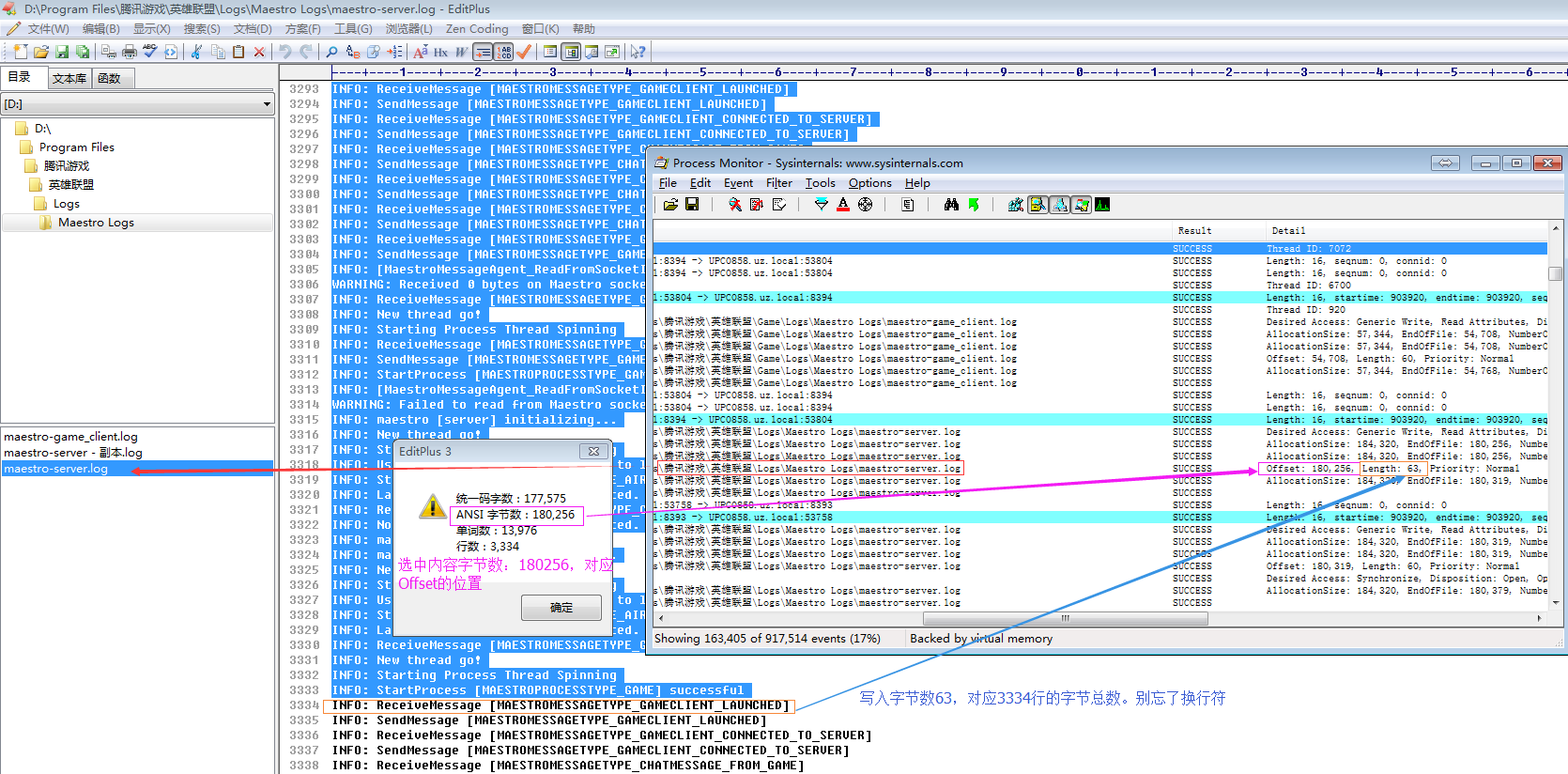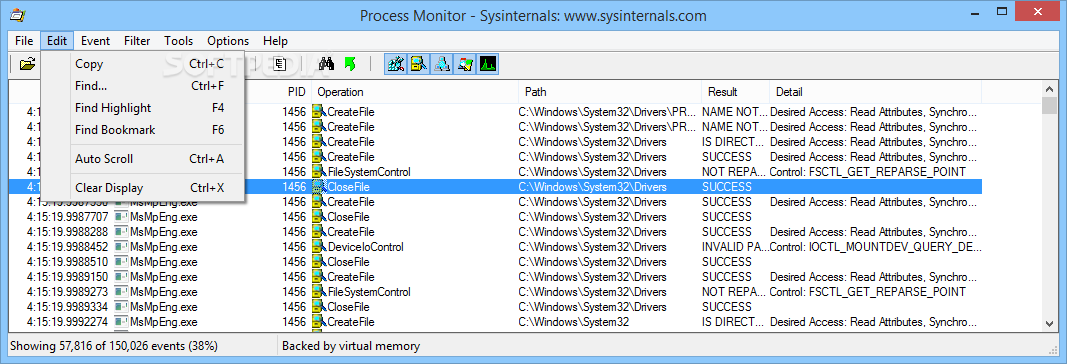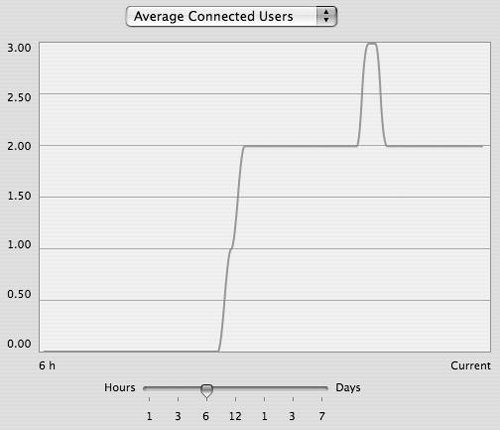

In order to quit the Mac running applications, users need to right-click it and choose the Force Quit option. The running app, as a rule, has a small dot beneath the icon.

This method is considered to be the easiest and fastest way although it allows only checking windowed apps and it doesn’t show other Mac background processes. How to see what's running on Mac by checking at Dock How to see what is running on Mac with Commander One's Process Viewer.How to check processes on Mac via Terminal.How to view running processes on Mac via Activity Monitor on Mac.How to check running processes on Mac via Force Quitting Applications.


However, the most convenient way to see processes on Mac is via Commander One. Applications in the last 8 hours, apps that have run in the last 8 hours.There exist different ways to monitor running programs on Mac, starting from checking at Dock and finishing by opening the Terminal for a more advanced view of your current activity.Selected Processes, processes that you selected in the Activity Monitor window.Windowed Processes, processes that create a window for user action, usually apps.Inactive Processes, processes that are sleeping.Other User Processes, processes not owned by the root user (administrator account) or the current user.System Processes, processes owned by macOS.My Processes, processes owned by your macOS® user account.All Processes Hierarchically, this allows you to see parent/child relationships in processes.You can then choose how much information to display and in what format.You can choose from CPU, Memory, Energy, Disk, Network, and Cache. Choose the process category you'd like to check on.To access the Activity Monitor go to Finder, Applications, Utilities.The easiest way to check system performance on a Mac is to use the Activity Monitor, a built-in application that gives you a live overview of your Mac’s hard drive, RAM, processor, and network usage.


 0 kommentar(er)
0 kommentar(er)
